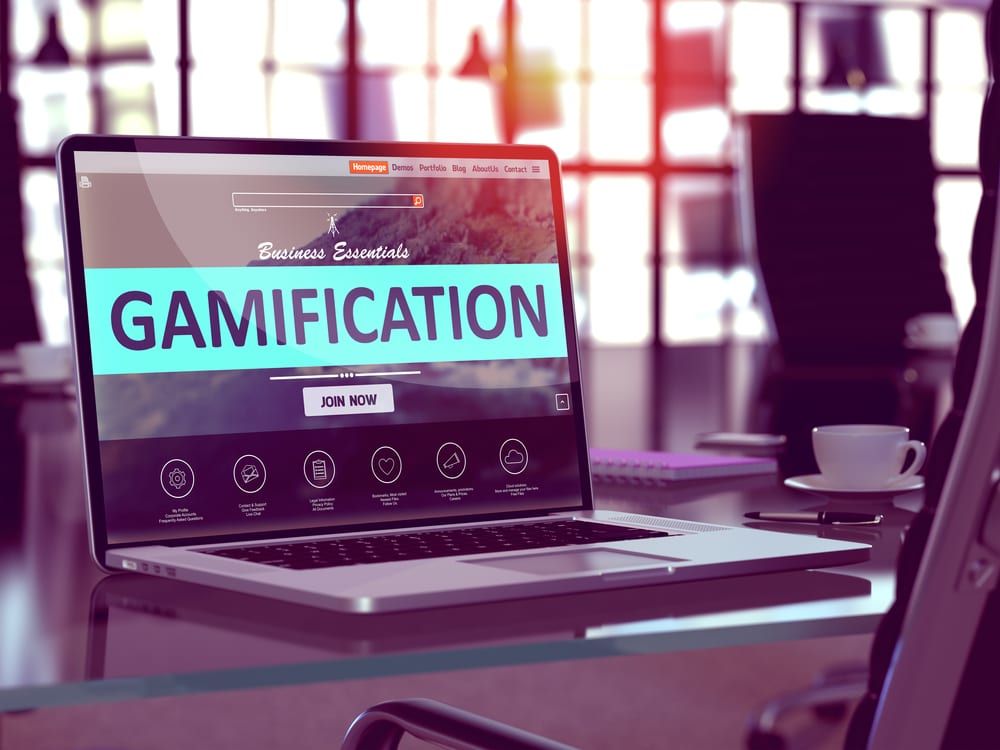Gamification is the practice of using gaming techniques to address non-gaming problems, in industries like education and business training. Globally, the market is expected to
Gamifying Customer Service
Customers don’t particularly enjoy dealing with customer service agents over the phone, with one-third admitting they’d rather clean a toilet than make a service related phone call. Beyond offering a self-service channel online, make the most of the customer’s hold time with gamification.
Take, for instance, the AMEX “Tweet Your Way to Savings” program. When customers connect their Twitter account to their AMEX card, they can find a number of offers with the hashtag #AmexOffers, and the more they tweet, the more offers they can get. Businesses could easily adapt this program’s model to reward customers for social engagement while on hold – whether its points/miles added to their account or coupons sent directly to email.
Or, have customers play a trivia game while they’re waiting on hold. Ask questions about your business, including questions about the various products and services you offer. Give rewards based on the points a customer earns during the game.
To keep your customer service team from getting overwhelmed with calls, encourage customers to use self-service channels such as your FAQs or knowledge base to take care of issues on their own without assistance from a representative.
Gamification works on both sides of the table. When agents are happy and excited about serving customers, the customer ends up with a better experience. Freshdesk features an arcade game to keep representatives happy with game mechanics as they focus on addressing customer support tickets via the online help desk.
Gamifying Customer Onboarding and Training
If your business requires you to teach your customers how to use your products and services, gamification is the solution to keeping those customers engaged. Go beyond boring text instructions and documentation, meetings, and video to create an interactive experience with a game.
Dropbox is a great example, as they encourage customers to complete tutorial levels. Each level they complete earns them additional free space in their Dropbox account.
Sparkpeople.com is a weight loss program that uses gamification in a number of ways. Users can gain points by watching educational videos, checking out recipes, participating in the forums, or exploring different areas of the site. There’s even a wheel to spin to win mystery points or other perks. Points add up to badges, identifying power users.
Gamifying Your Customer Loyalty
Whether you have a loyalty program in place or not, gamification can help strengthen your customer relationships.
Verizon’s Insider program uses gamification in their community hub. Customers are rewarded for participation, earning points that allow them to participate in a variety of events and get access to exclusive offers. Getting personal with customers fosters loyalty and positive brand experience.
My Starbucks Rewards™ uses elements of gamification, such as progress bars and levels to encourage patrons to visit their locations more often, earning stars and making progress with each drink purchase. The original program later expanded to include credit for purchasing Starbucks brand products in the grocery store. Once a certain number of stars is reached within 12 months, customers are upgraded to Gold status, where they receive a free drink on their birthday, free refills on drinks while in the store, and a personalized gold card. After implementing the program, Starbucks® increased revenue 11%.
Gamification in History
We’re using new words, but gamification is not a new concept in marketing and customer service. Beginning in the 1930s, S&H Green Stamps were popular for more than 50 years. Purchase of groceries and other ordinary household goods were accompanied by stamps you could collect and paste in books for redemption through catalogs or at redemption centers.
Over the years, gamification evolved. Low-tech stamps are no longer fashionable, but rewards programs are everywhere. Airlines offer mileage points, hotels offer free stays after a certain number of rental nights, and restaurants offer punch cards with rewards for purchases or free desserts for answering survey questions.
Books-a-Million lures repeat business with a discount card you must purchase. Which is a special level of genius. Once you’ve purchased a discount card, you almost have to return to the store and buy a certain amount of goods, or you actively lose money.
Technology is rapidly updating the methods of gamification. Some businesses are substituting apps and check-ins for physical cards or stamps, and offering perks in the form of unlocked discounts or other perks when the customer uses the app in the store or to order online.
Gamification projects fail when implemented without proper planning and audience insight. While it can do wonders for customer service and employee engagement, it’s critical to make sure the game is designed with a variety of player styles in mind, to accommodate the audience. It’s also important that any rewards earned the game translate to tangible rewards in real life, or there’s no motivation to participate.
In its essence, gamification makes participation rewarding and fun – for employees and customers alike. By making tedious wait times and repetitive tasks interesting, you have a better chance of increasing participation rates, which leads to better repeat sales, enhanced customer retention, and increased brand recognition.
Images: ” Gamification Concept Closeup on Laptop Screen in Modern Office Workplace. Toned Image with Selective Focus. 3D Render. /Shutterstock.com“
____________________________________________________________________________
Tweak Your Biz is a thought leader global publication and online business community. Today, it is part of the Small Biz Trends stable of websites and receives over 300,000 unique views per month. Would you like to write for us?
An outstanding title can increase tweets, Facebook Likes, and visitor traffic by 50% or more. Generate great titles for your articles and blog posts with the Tweak Your Biz Title Generator.



